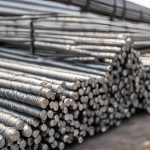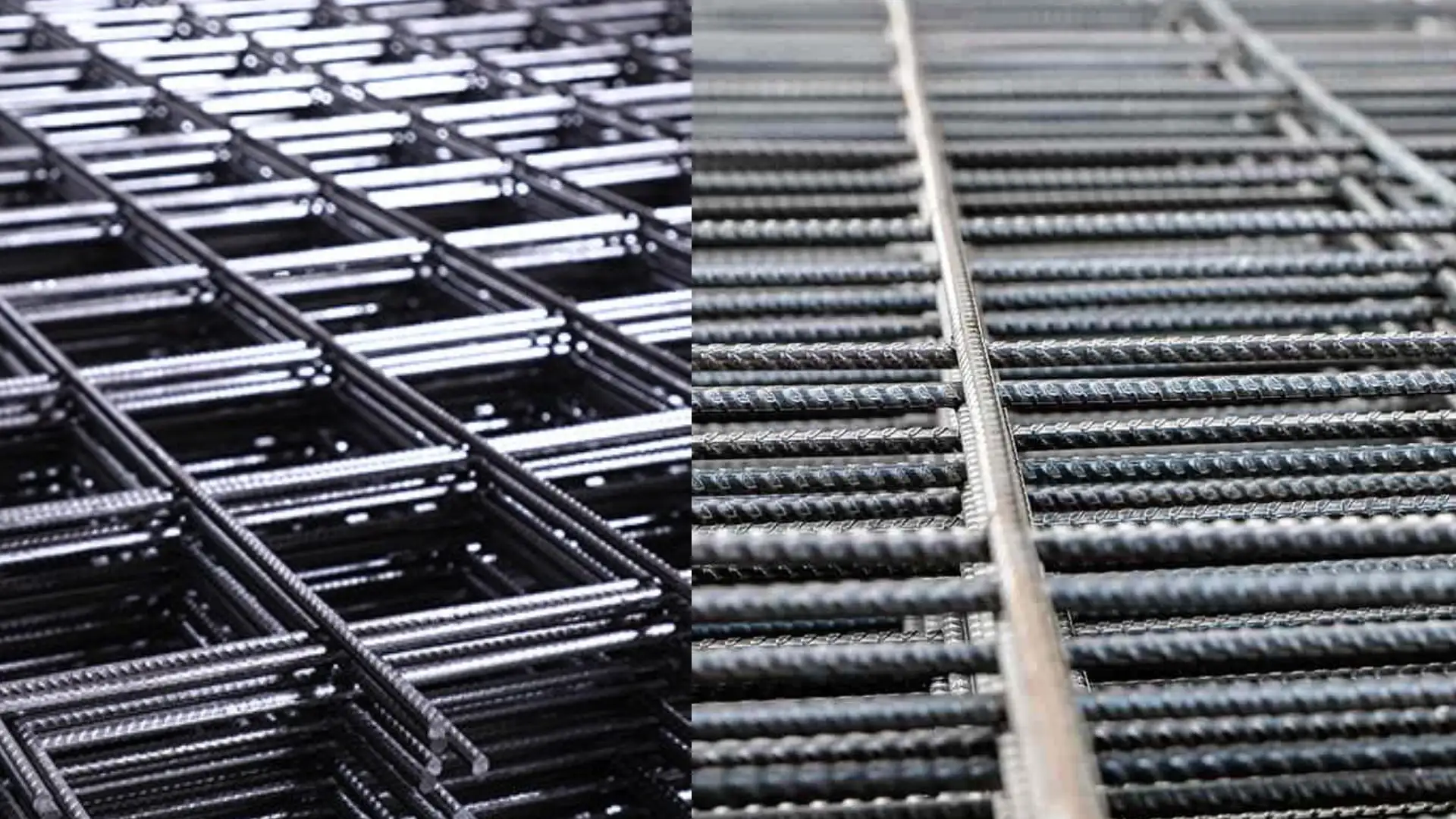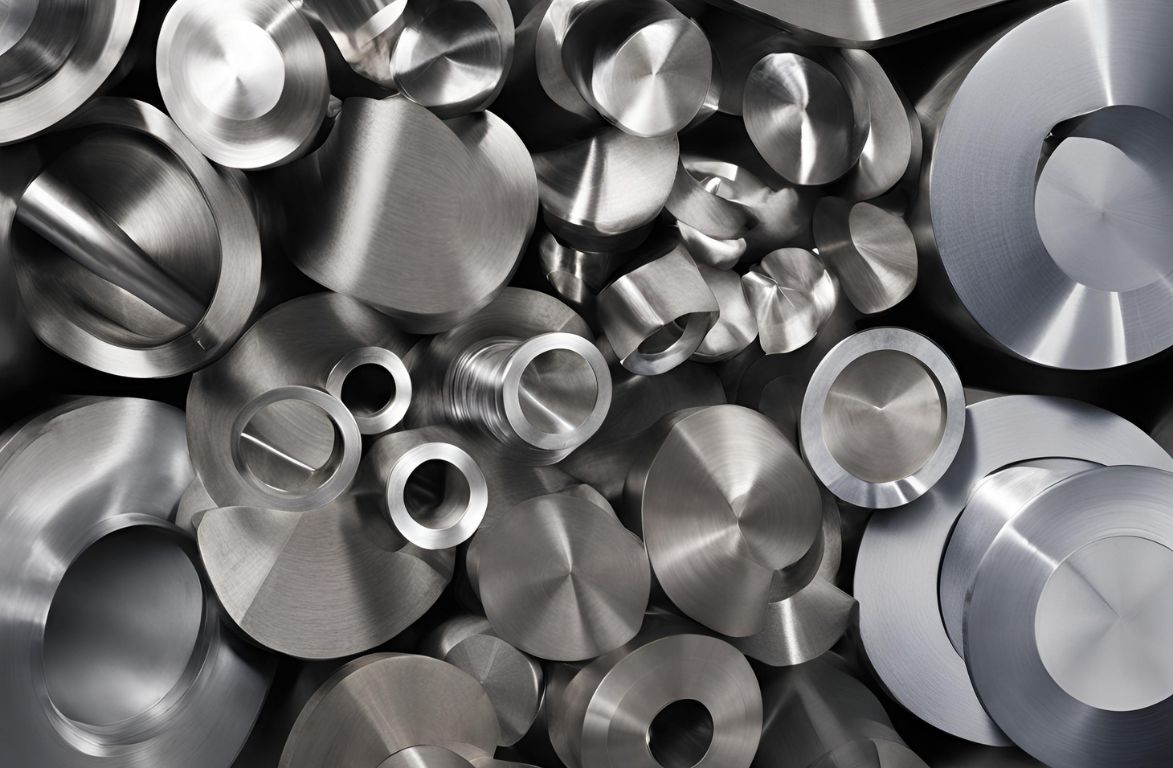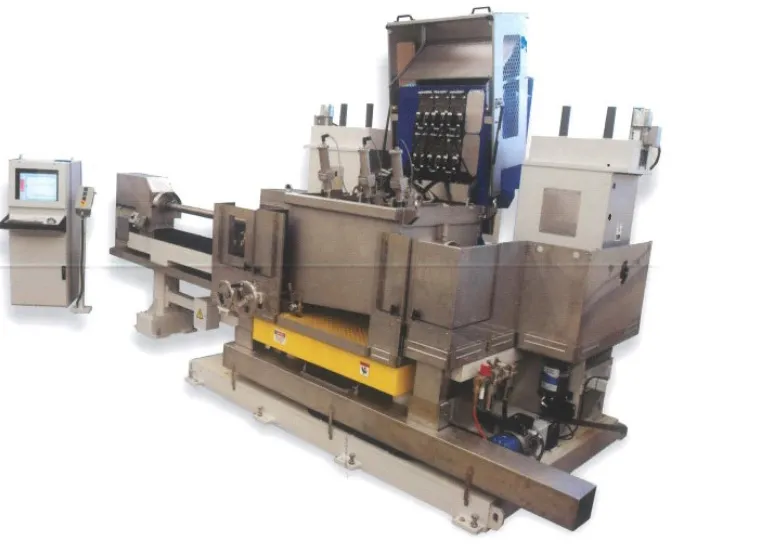The COVID-19 crisis has led to worldwide closures and losses. Every industry found itself to be a victim of one of those consequences and steel was no different. However, phased lockdown relaxations around the world have assisted in restarting the industry and help with losses as Indian steel makers are now able to sell back in the domestic market and not rely heavily on exports.
INITIAL RECOVERY X STRUCTURAL CHANGES:

Massive steel plants were one of the few places of work that continued operations through the lockdown stages with minimum capacity, as they were considered a part of essential businesses. As rules are gradually relaxing in both India and the rest of the world, steel plants in some states of India have resumed functions at full capacity. However, profits might be affected as structural changes take place around the globe. With every country (including India) focusing on local production over international trade and shift in political powers, it might still be difficult to expand internationally and achieve pre-COVID profit margins with buyers worldwide. Due to the local economy facing challenges, steel makers (like other businesses) are trying to accelerate functions in the Indian domestic market to boost the economy – an approach that is likely to continue post-COVID.
FUTURE TRENDS:
The steel business thrives heavily on other industries like machinery, mechanics and automative for stronger profits. Owing to the pandemic, these manufacturers have also taken a strong hit. Automative industry was took a tough beating by COVID-19 due to low incomes, job losses and general downfall in movement (that rose because of restrictions and work from home norms).
That said, conditions are uncertain for anyone to predict. A cure for COVID-19 or a rise in continual removal of restrictions, will likely lead to employees returning to their workplaces at larger capacities. This, in turn, would mean people using their private cars again and this time preferring them over public transport due to health risks. A behavioural change like that could allow automative industries to grow globally including in India which would have a directly positive impact on steel trade – both domestically and globally.
While everyone is trying their hands at observing and analysing trends, it is safe to say that initial days of recovery have begun and there is potential for the steel business to rise again at home ground.










